Caribbean cuisine is used to define all the culinary traditions belonging to the countries in the Caribbean Sea. Over the centuries, indigenous gastronomical tastes have been mixed and merged with those of people passing through the Caribbean basin, particularly people from Spain, France, Africa and, more recently, the US. Each Caribbean nation has its own typical dishes. In Jamaica, for example, ackee and saltfish, or cod served with the pulp of a local fruit, is a mainstay, especially for breakfast.
Nicaragua’s classic dish is indio viejo, literally “old Indian,” consisting of spicy beef with red and black beans. Puerto Rico’s national dish is sancocho, a spicy soup made of corn and vegetables. The Dominican Republic’s bandera, or “flag,” is a particularly exotic-tasting dish made with rice, beans, cooked meat, lettuce and fried bananas. A Cuba favorite is arroz con leche, a rice plate cooked in cinnamon-flavored milk. Overall, Caribbean cuisine is characterized by a vast variety of ingredients.
Some are local products, such as shellfish, corn, red and black beans, and tapioca, highly nutritious flour made by grinding the roots of the manioc plant. Other ingredients such as rice, beef and flour have been imported by various colonial forces. Fish and meat form the base for dishes throughout the region. Fish is generally eaten fresh and cooked on a grill. Meat is roasted or grilled and is often garnished with hot and spicy sauces. Fruit is mostly eaten fresh, but is also fried before serving, as is the case with plantains, a fruit resembling the banana.
The great variety of ingredients used in Caribbean cuisine make it highly nutritious. Fruit and vegetables are rich in anti-oxidants, meat and fish supply proteins and mineral salts, while beans and other legumes offer fatty acids and carbohydrates. Freshly-squeezed fruit juices and cocoa milk also help combat the tropical heat. In Caribbean culture, dinners are typically an important time for people to come together, especially prior to the traditional Friday night festivals common to all the islands. Cuisine and music are especially important in February and March, when the Carnival celebrations are held.
Food Fairs are also frequent events in the region, providing gastronomical showcases where people drink rum and beer while eating fried fish and shellfish, tamarind-stuffed beef and pineapple pie.
Nicaragua’s classic dish is indio viejo, literally “old Indian,” consisting of spicy beef with red and black beans. Puerto Rico’s national dish is sancocho, a spicy soup made of corn and vegetables. The Dominican Republic’s bandera, or “flag,” is a particularly exotic-tasting dish made with rice, beans, cooked meat, lettuce and fried bananas. A Cuba favorite is arroz con leche, a rice plate cooked in cinnamon-flavored milk. Overall, Caribbean cuisine is characterized by a vast variety of ingredients.
Some are local products, such as shellfish, corn, red and black beans, and tapioca, highly nutritious flour made by grinding the roots of the manioc plant. Other ingredients such as rice, beef and flour have been imported by various colonial forces. Fish and meat form the base for dishes throughout the region. Fish is generally eaten fresh and cooked on a grill. Meat is roasted or grilled and is often garnished with hot and spicy sauces. Fruit is mostly eaten fresh, but is also fried before serving, as is the case with plantains, a fruit resembling the banana.
The great variety of ingredients used in Caribbean cuisine make it highly nutritious. Fruit and vegetables are rich in anti-oxidants, meat and fish supply proteins and mineral salts, while beans and other legumes offer fatty acids and carbohydrates. Freshly-squeezed fruit juices and cocoa milk also help combat the tropical heat. In Caribbean culture, dinners are typically an important time for people to come together, especially prior to the traditional Friday night festivals common to all the islands. Cuisine and music are especially important in February and March, when the Carnival celebrations are held.
Food Fairs are also frequent events in the region, providing gastronomical showcases where people drink rum and beer while eating fried fish and shellfish, tamarind-stuffed beef and pineapple pie.
RELATED


VIENNA


TOKYO


NEW YORK
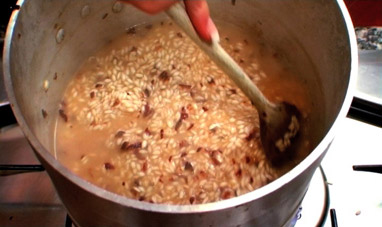

SHRIMP RISOTTO


PARIS
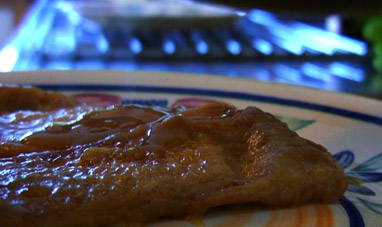

SCALOPPINE IN WHITE WINE SAUCE


DUBAI


NEW DELHI


MADRID


COCONUT DELIGHTS


ITALIAN TOURING CLUB
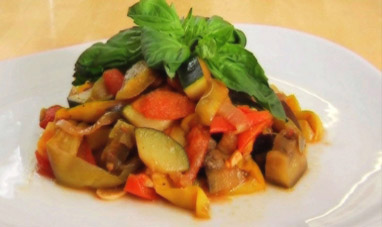

RATATOUILLE


MAYAN MONUMENTS: UXMAL, TIKAL AND PALENQUE
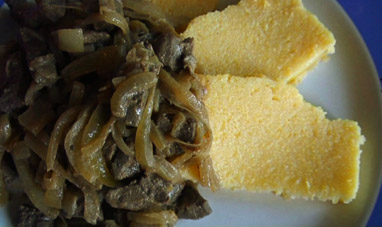

LIVER ALLA VENEZIANA
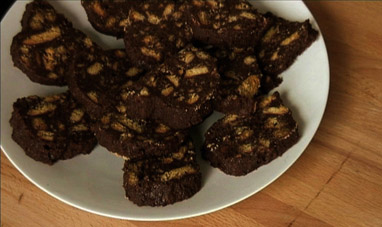

CHOCOLATE SALAMI


BAGHDAD


VODKA


LONDON
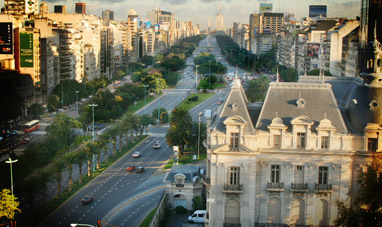

BUENOS AIRES


MOSCARDINI WITH PEAS


AMSTERDAM


ZÜRICH
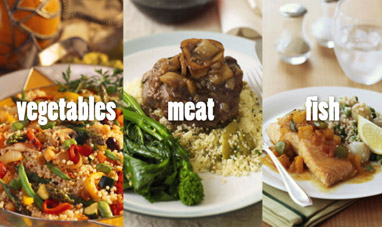

ARAB CUISINE
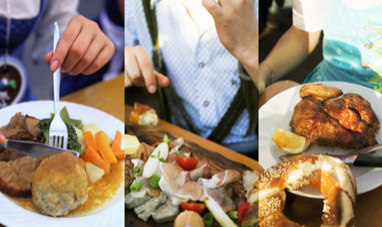

BAVARIAN CUISINE


SYDNEY OPERA HOUSE


BRAZIL
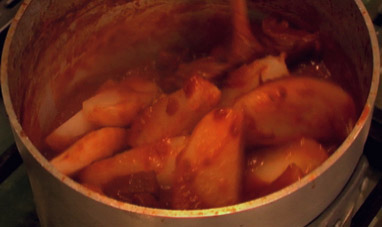

GOULASH
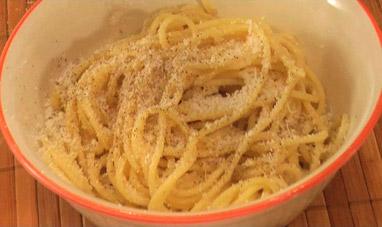

PASTA CACIO E PEPE
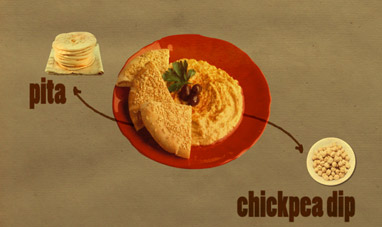

EGYPTIAN CUISINE


SHANGHAI


BEIJING


VENICE


THE PANAMA CANAL


CHINESE CUISINE
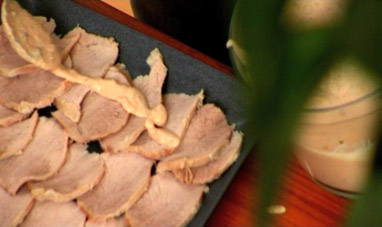

VITELLO TONNATO
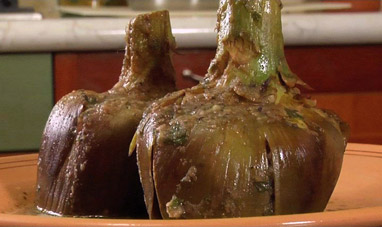

ROMAN-STYLE ARTICHOKES
